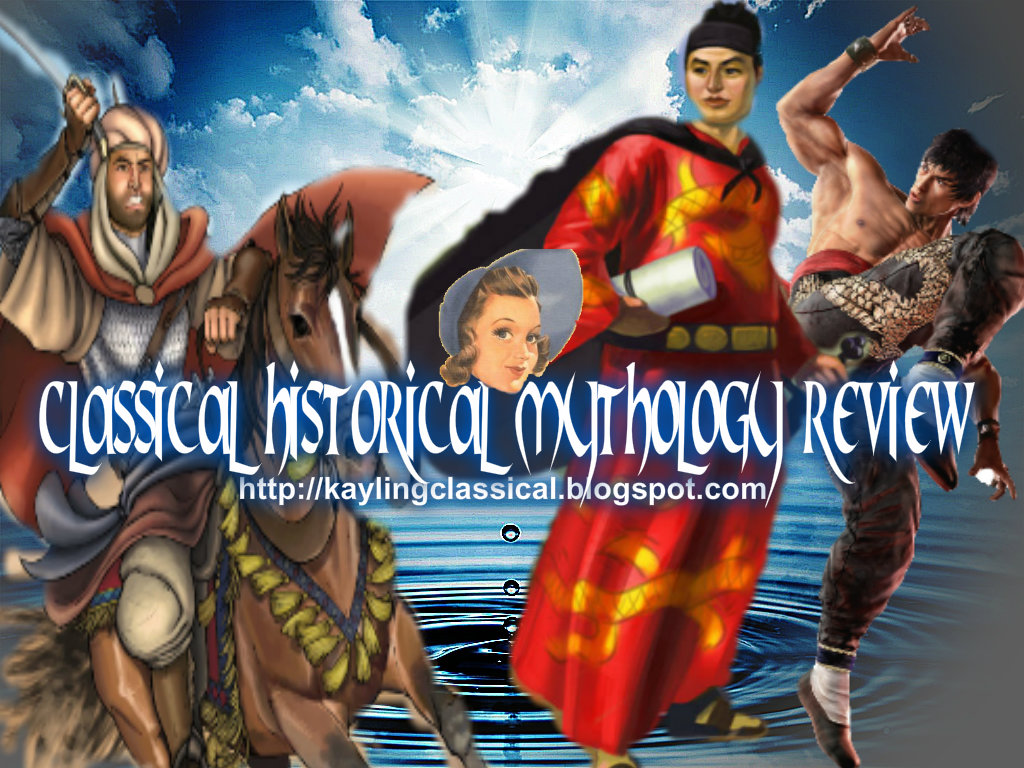Chinese history is traditionally represented in terms of dynastic cycles. Through its long history, the Chinese have been ruled not by one dynasty, but by a succession of different dynasties. The first dynasty in China to be described in ancient historical records such as Records of the Grand Historian and Bamboo Annals is the Xia, which was succeeded by the Shang, although concrete existence of Xia is yet to be archaeologically proven. Among these dynasties the Han and Tang are often considered as particularly strong periods, although other dynasties are famous for cultural and other achievements (for instance, the Song Dynasty is sometimes associated with rapid economic development). Han and Tang, as well as other long, stable dynasties were followed by periods of disorder and the break-up of China into small regimes. Out of disorder a leader eventually arose who unified the country and imposed strong central authority. For example, after the Han various dynasties ruled parts of China until Yang Jian reunited the country and established the Sui Dynasty. The Sui set the scene for the long and prosperous Tang. After the fall of Tang, China again saw a period of political upheaval. There is a famous Chinese proverb that says "After a long split, a union will occur; after a long union, a split will occur". Nevertheless, each of these rulers would claim the Mandate of Heaven to legitimize their rule. The dynastic cycle only came to the end with the establishment of Republican China in the early 20th century.
Although this well-known dynastic periodization of China is more or less based on traditional Sinocentric ideology, it also applies to non-native rulers who sought to gain the Mandate of Heaven. While most ruling dynasties in Chinese history were founded by native Chinese, there were also non-native or Conquest Dynasties established by non-Han Chinese people beyond the traditional border of China (also known as China proper), such as the Yuan founded by Mongols and the Qing founded by Manchus, who later conquered China and assumed the title of Emperor of China. After seizing control of Ming capital, Qing emperors began to consider their own expanded empire as Zhongguo.
The official name of the Qing Dynasty was "Great Qing", similar to other regimes or ruling dynasties in Chinese history (for example, the official name for Ming Dynasty was "Great Ming"), but the name "China" was commonly used in diplomatic and international communications and treaties (such as Treaty of Nanking) signed between Qing Dynasty and foreign (e.g. European) countries, or along with "Great Qing". Originally as a Manchu state, Qing rulers considered their state as "Zhongguo" as they have borrowed Han Chinese imperial ideology. Nevertheless, some Han Chinese, especially the nationalists who intended to repel the Manchus as "barbarians", did not acknowledge the word "Zhongguo" for the Qing regime.
Dynastic cycle is an important political theory in Chinese history. According to this theory, every dynasty goes through a culture cycle. The dynastic cycle appears as it follows :
- A new ruler unites China, founds a new dynasty, and gains the Mandate of Heaven.
- China, under the new dynasty, achieves prosperity.
- The population increases.
- Corruption becomes rampant in the imperial court, and the empire begins to enter decline and instability.
- A natural disaster wipes out farm land. The disaster normally would not have been a problem; however, together with the corruption and overpopulation it causes famine.
- The famine causes the population to rebel and a civil war ensues.
- The ruler loses the Mandate of Heaven.
- The population decreases because of the violence.
- China goes through a warring states period.
- One state emerges victorious.
- The state starts a new empire.
- The empire gains the Mandate of Heaven.
- The first is the beginning of the dynasty.
- The second is at the middle of the dynasty's life and is the peak of the dynasty.
- The last period is the decline of the dynasty, both politically and economically, until it finally collapses.




